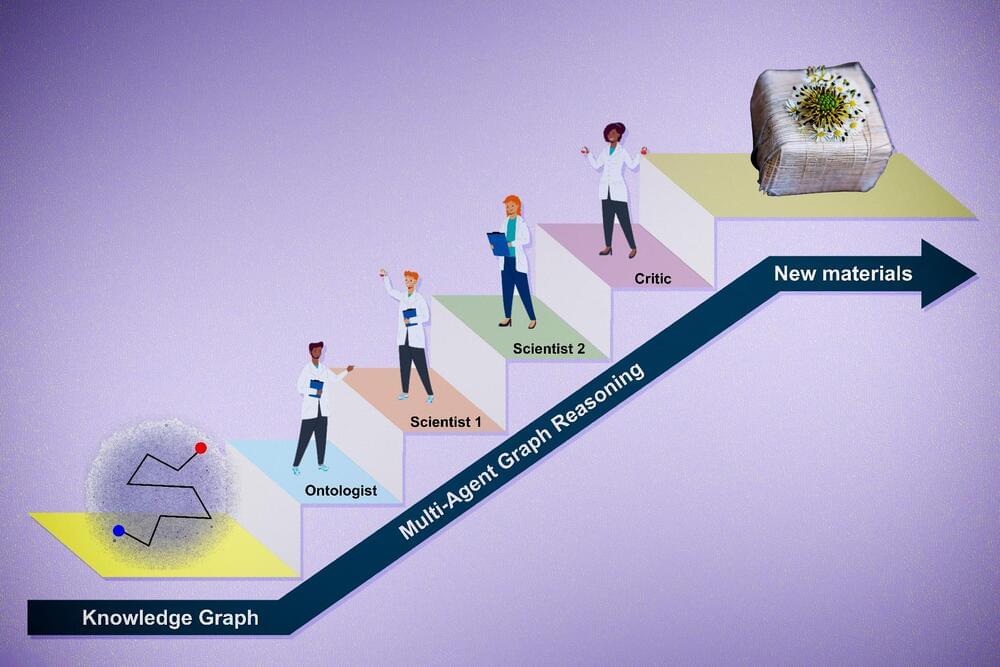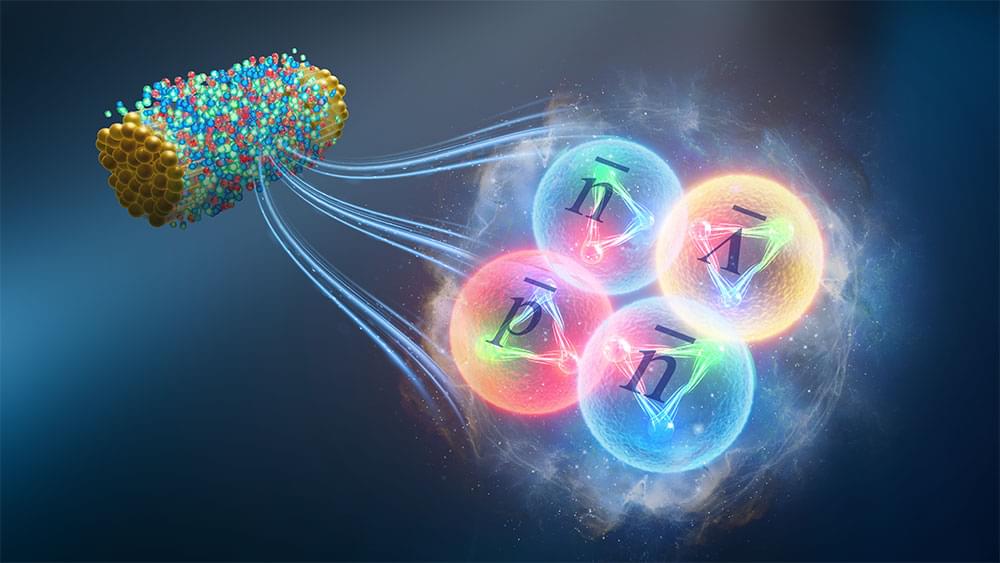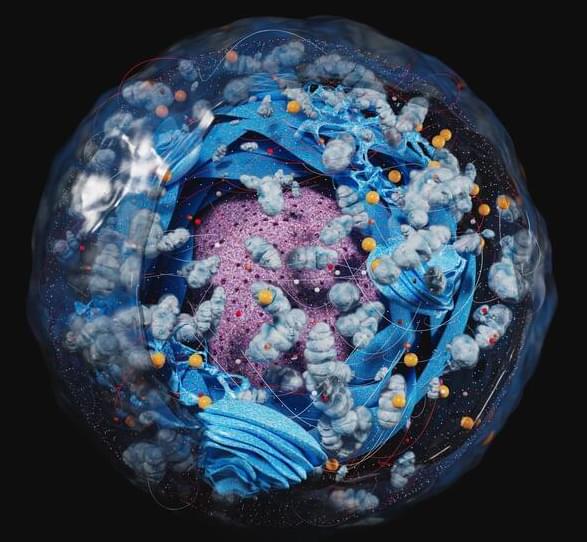Crafting a unique and promising research hypothesis is a fundamental skill for any scientist. It can also be time consuming: New PhD candidates might spend the first year of their program trying to decide exactly what to explore in their experiments. What if artificial intelligence could help?
MIT researchers have created a way to autonomously generate and evaluate promising research hypotheses across fields, through human-AI collaboration. In a new paper, they describe how they used this framework to create evidence-driven hypotheses that align with unmet research needs in the field of biologically inspired materials.
Published Wednesday in Advanced Materials, the study was co-authored by Alireza Ghafarollahi, a postdoc in the Laboratory for Atomistic and Molecular Mechanics (LAMM), and Markus Buehler, the Jerry McAfee Professor in Engineering in MIT’s departments of Civil and Environmental Engineering and of Mechanical Engineering and director of LAMM.








